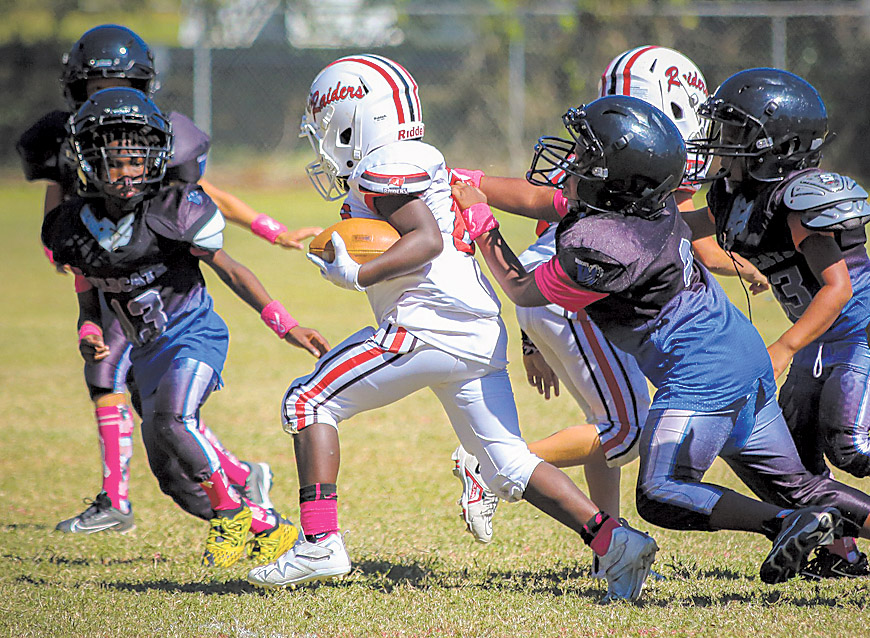JACKSONVILLE, Fla. —Today, Governor Ron DeSantis and First Lady Casey DeSantis announced Florida awards $30 million in grant funding to four specialty children’s hospitals in Florida to develop and improve access to clinical trials, advance treatment protocols, and discover cures for childhood cancer. Johns Hopkins All Children’s Hospital in St. Petersburg, Nemour’s Children’s Hospital in Orlando, Nicklaus Children’s Hospital in Miami, and Wolfson Children’s Hospital in Jacksonville were each awarded $7.5 million.
“Since I became governor, Florida has invested more than $1 billion in cancer research and treatment—a 114% increase. We created the Cancer Connect Collaborative Research Incubator program within the Florida Department of Health this year to enhance cancer research throughout Florida,” said Governor Ron DeSantis. “Four of Florida’s top children’s hospitals have received a total of $30 million in funding for their innovative proposals to help children and adolescents who are fighting cancer. By investing in statewide infrastructure for pediatric cancer initiatives, we aim to eliminate the need for Florida families to travel out of state for potentially life-saving experimental therapies and specialized care.”
The Cancer Connect Collaborative Research Incubator was created in 2025 to further Florida efforts as a leader in cancer research and treatment. The Incubator is funded with $30 million and will focus on pediatric cancer in its first five-year funding cycle. While pediatric cancer accounts for just one percent of cases nationally, Florida’s pediatric cancer population is significant, with the state accounting for six percent of all new pediatric cancer cases in the U.S., thereby impacting thousands of children and families every year.
“Research Incubator investments to advance research, prevention, and treatment for pediatric cancer represents a meaningful step forward in our mission to improve outcomes, strengthen families, and ensure that every child has access to the most advanced care possible right here in Florida,” said First Lady Casey DeSantis. “I’m deeply grateful to Governor DeSantis for his unwavering leadership and commitment to advancing cancer research in Florida.”
“Thanks to the vision and leadership of First Lady Casey DeSantis, Florida continues to set the national standard for advancing adult and childhood cancer research and care,” said State Surgeon General Dr. Joseph A Ladapo. “Through the Cancer Connect Collaborative Research Incubator, we’re not only investing in science—we’re investing in hope for children and families across the state.”
The Incubator is part of Florida’s Cancer Connect Collaborative, an innovative model designed to accelerate research, share best practices, and turn data into actionable results. Guided by five pillars—Data, Best Practices, Innovation, Honesty, and Funding—the initiative brings together public and private partners to reshape cancer care delivery.
“Thanks to the leadership of First Lady and Governor DeSantis, Florida continues to make cancer research and treatment a top priority,” said Agency for Health Care Administration Secretary Shevaun Harris. “The Cancer Connect Collaborative Research Incubator is a bold step forward, beginning with pediatric cancer research. We look forward to seeing the strides made among the awardees and the collaboration that will accelerate breakthroughs, improve access to therapies, and offer hope to families across our state.”
# # #
email editor@
alachuatoday.com
2025 ELECTION RESULTS
City Commission Seat 3:
Tristan Grunder (Incumbent): 587
Julie Ann Tapia-Ruano: 279
Questions on the Ballot:
No. 1
Charter Amendment
Updating Commission Seat Information
Shall the Charter be amended to remove the names of former commissioners that previously held the seats and designate when the current term ends for each Commission seat?
Yes: 615
No: 182
No. 2
Charter Amendment
Updating Commission Salaries
Shall the City’s Charter be updated to allow for the salary of commissioners to continue at the same rate for the subsequent fiscal year in the event the commission does not act to change or continue their salaries?
Yes: 647
No: 172
No. 3
Charter Amendment
Updating Term Limits for the Mayor
Shall the City’s Charter be updated to limit the Mayor’s term to one year or until such time that a successor is elected and that no commissioner shall hold the position of Mayor for consecutive terms unless by a supermajority vote of the then-sitting commission?
Yes: 576
No: 244
No. 4
Charter Amendment
Updating Notice for Special Called Meetings and Definition of Special and Emergency Meetings
Shall the City’s Charter be updated to require not less than three days’ notice for special meetings and define special meetings and emergency meetings?
Yes: 717
No: 101
No. 5
Charter Amendment
Disallowing Single Individual from Holding the Position of City Manager and City Clerk
Shall the City’s Charter be amended to delete the provision that allows a single individual from serving as both the City Manager and the City Clerk?
Yes: 659
No: 154
No. 1
Code Amendment
Amending On-Premises Alcoholic Consumption Hours and Business Classifications
Shall Sections 10-2(c)-(e) of the City’s Code of Ordinances be amended to permit businesses that derive 51 percent of its gross revenue from the sale of food and nonalcoholic beverages, and breweries, businesses that manufacture malt beverages on site, with a beverage license to sell alcoholic beverages and malt beverages, respectively, for on-premises consumption Monday through Saturday from 7:00 a.m. to 12:00 a.m., and Sunday from 1:00 p.m. to 10:00 p.m.?
Yes: 622
No: 206



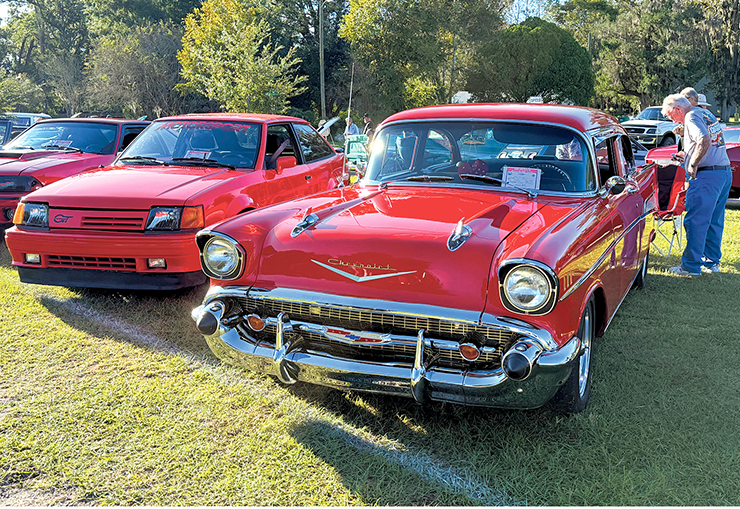
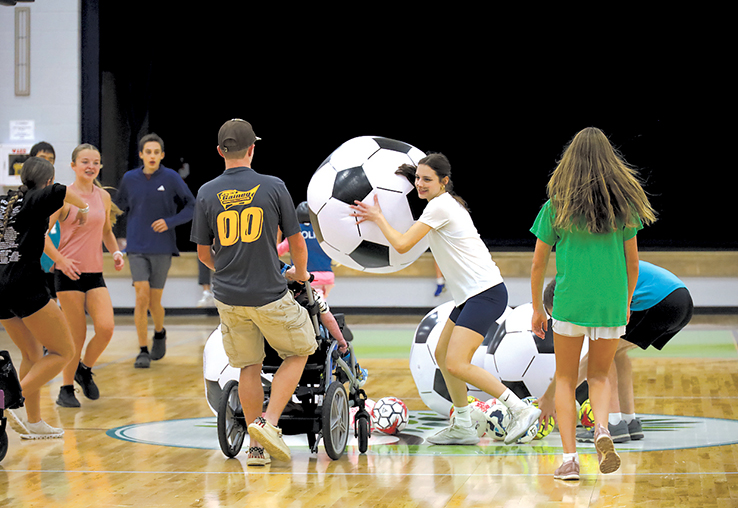

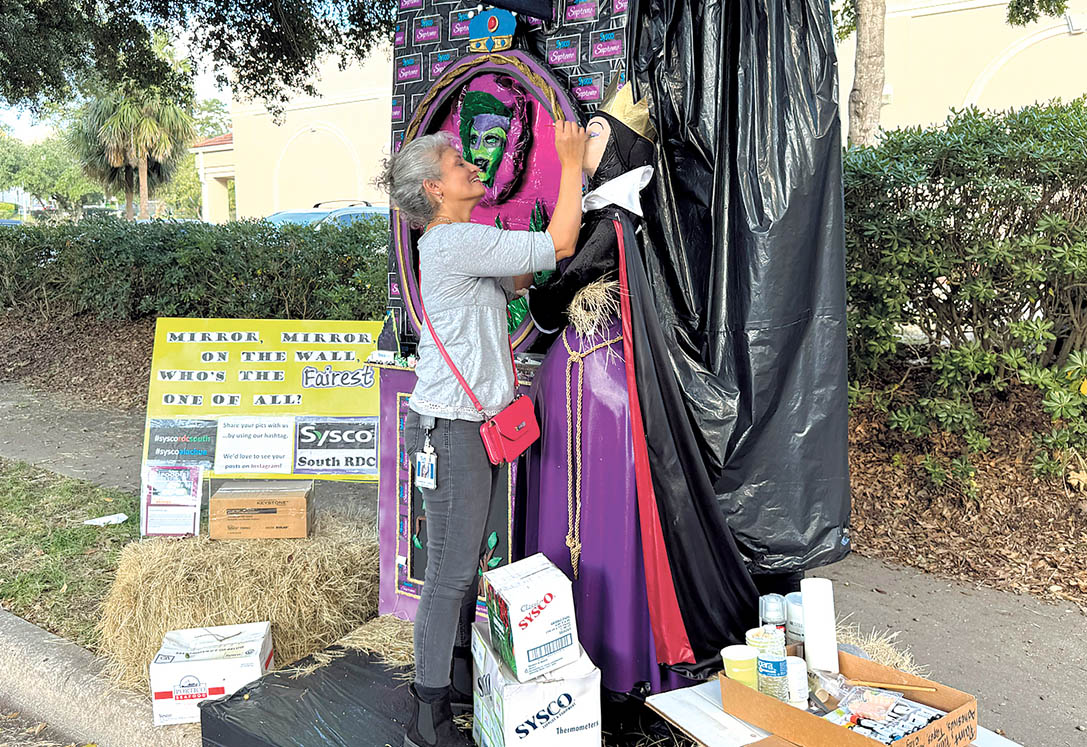

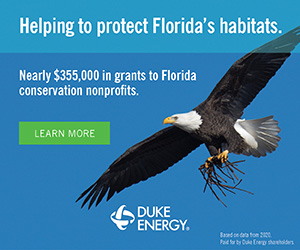
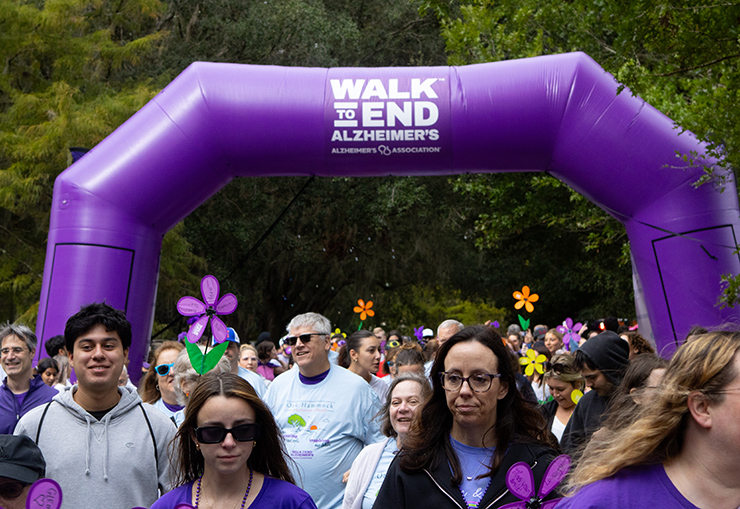




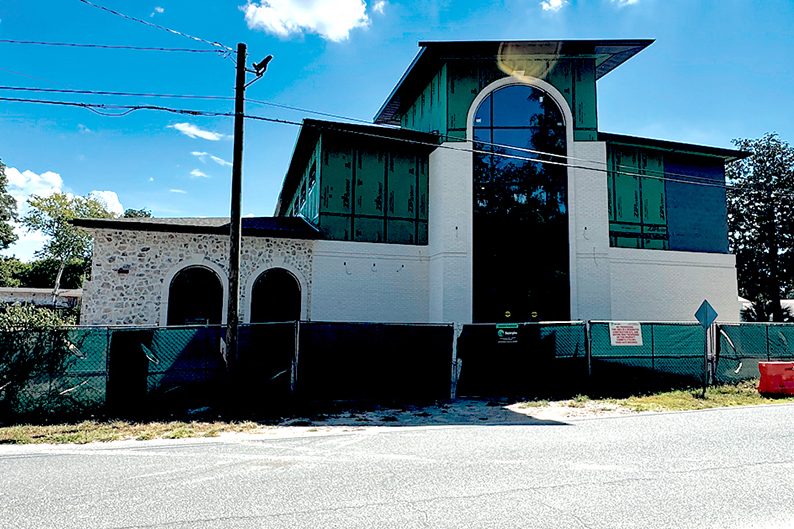
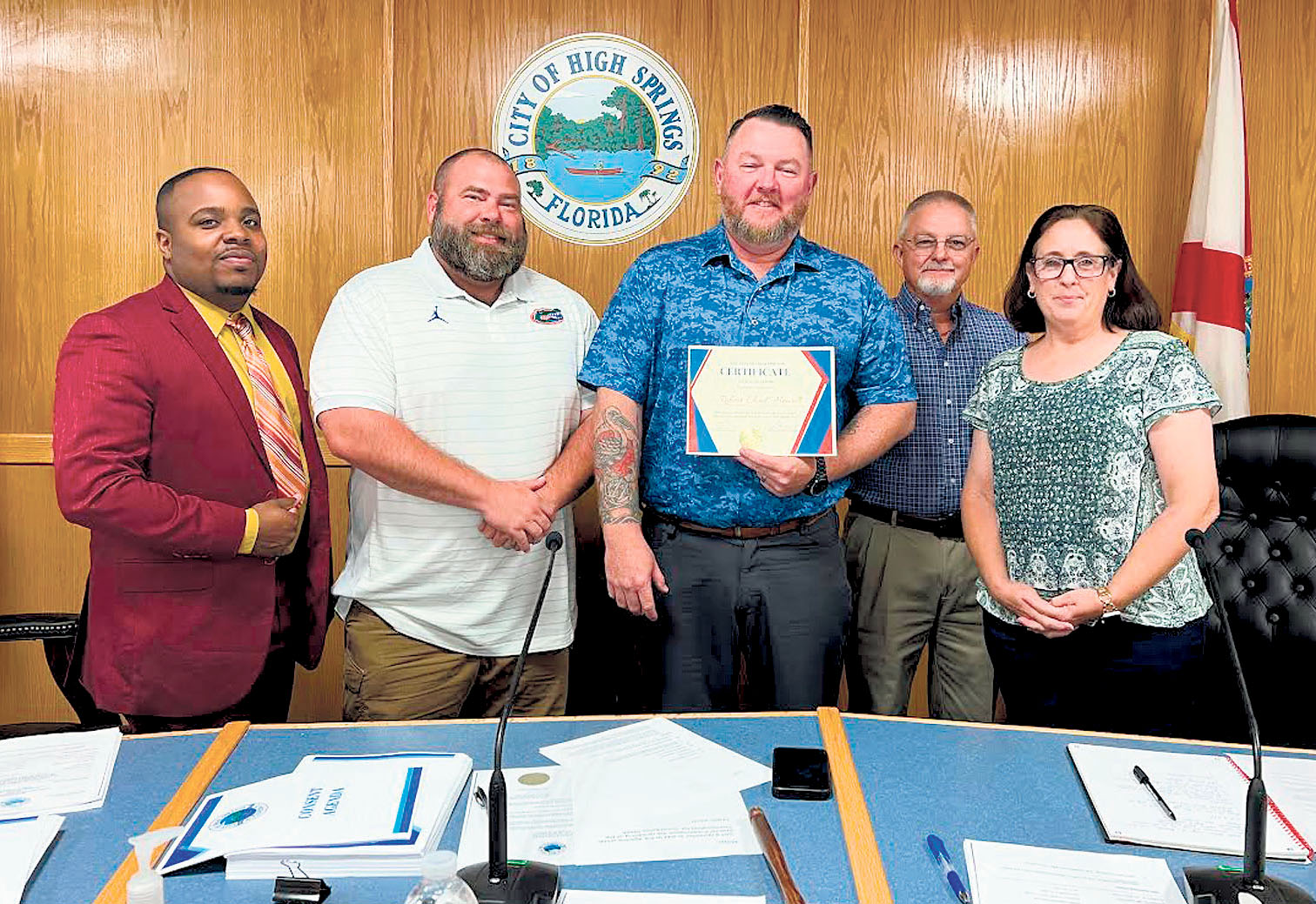
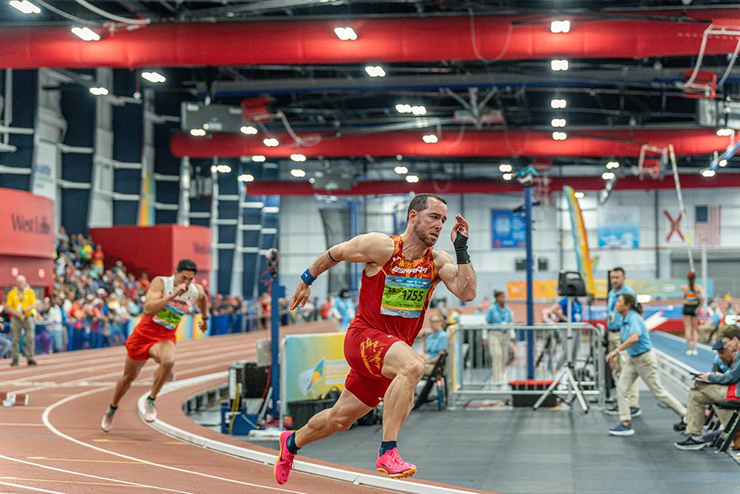

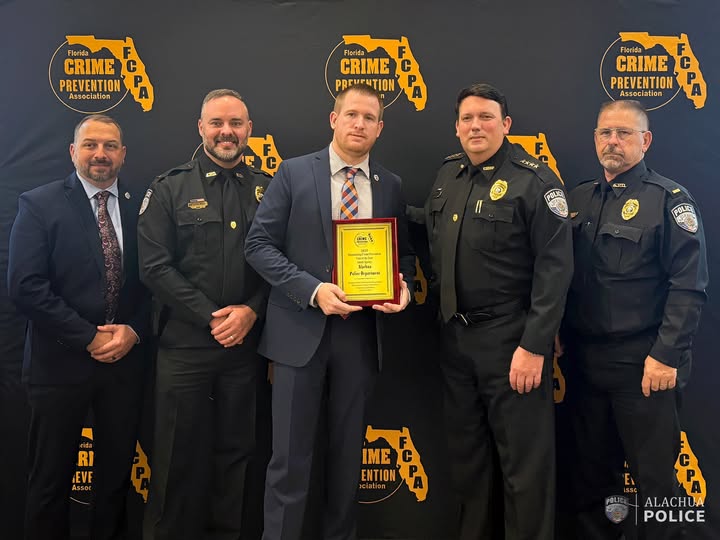
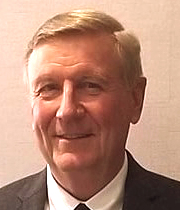 Everyone taking prescription medications should be aware of essential safety practices. Here are six tips to help ensure you are taking your medicine correctly and safely:
Everyone taking prescription medications should be aware of essential safety practices. Here are six tips to help ensure you are taking your medicine correctly and safely:

